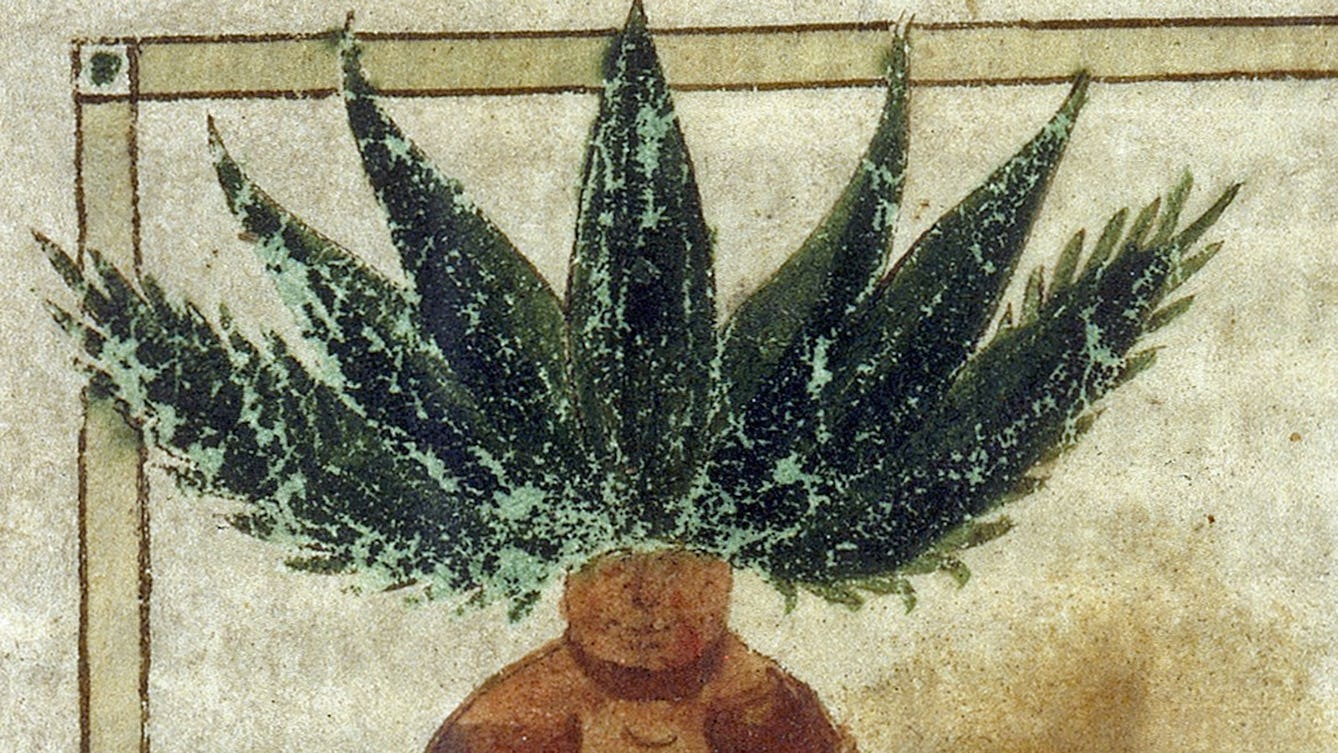Stories

- Article
Plant portraits
The beautiful and mysterious illustrations in medieval herbals convey a wealth of knowledge about the plants they portray.

- Article
Hunting lost plants in botanical collections
A bark specimen at Kew recalls the story of a South American man who harvested the most potent source of the only effective malaria treatment available in the late 1800s. Killed for his work and forgotten by history, Manuel Mamani was a victim of the colonial juggernaut.

- In pictures
Mandrake medicine and myths
There’s a lot of plant lore about the mandrake, going back to ancient times. Find out more about how this unremarkable-looking plant got its magical reputation.

- Article
Illuminated manuscripts, illuminating medicines
From rare bugs to exorbitantly priced plant parts, find out more about the artistic and medical uses of pigments from the past.
Catalogue
- Archives and manuscripts
Medicinal Plant Products
Date: c.1982Reference: WF/M/I/SL/29Part of: Wellcome Foundation Ltd- Books
Medicinal plants of Northern Thailand for the treatment of cognitive impairment in the elderly / Lisa Offringa.
Offringa, LisaDate: [2015]- Books
Plant resources of South-East Asia. No. 12(2), Medicinal and poisonous plants 2 / J.L.C.H. van Valkenburg and N. Bunyapraphatsara (editors).
Date: 2001- Books
Plant resources of South-East Asia. No. 12(1), Medicinal and poisonous plants 1 / L.S. de Padua, N. Bunyapraphatsara, and R.H.M.J. Lemmens (editors).
Date: 1999- Books
Medicinal plants of China / James A. Duke, Edward S. Ayensu.
Duke, James A., 1929-2017.Date: 1985










